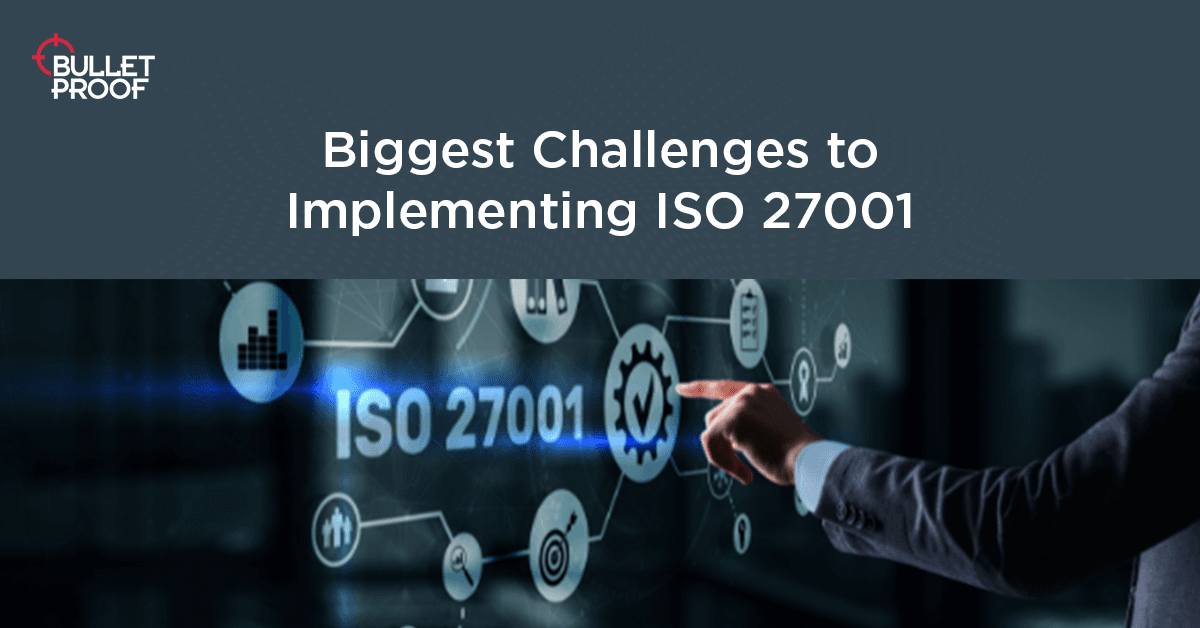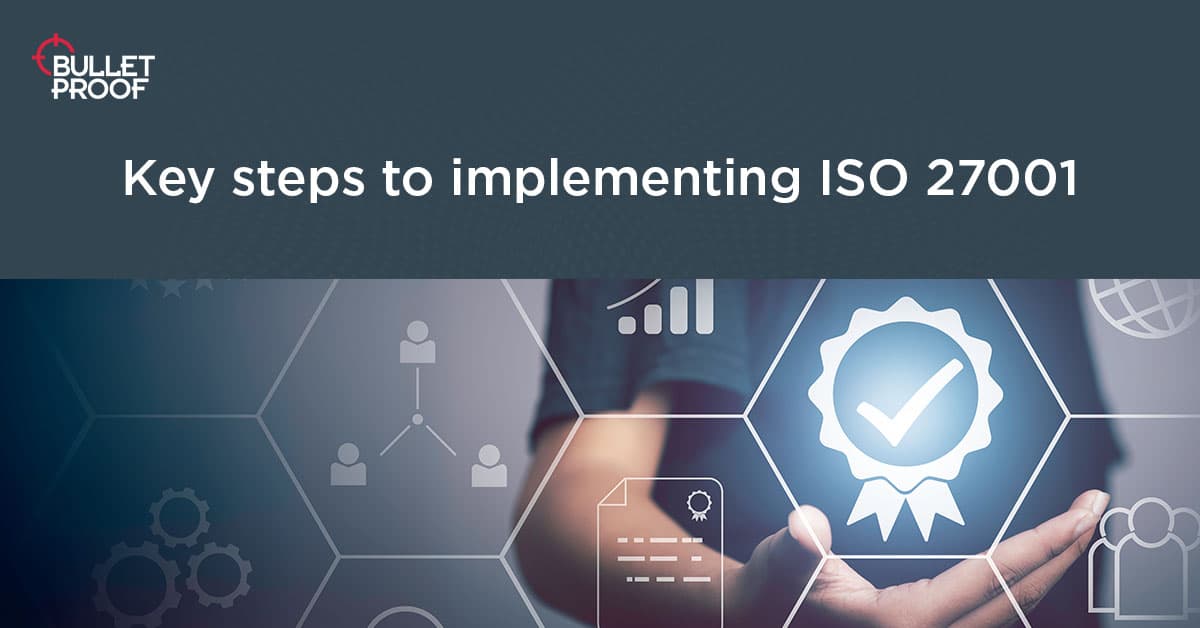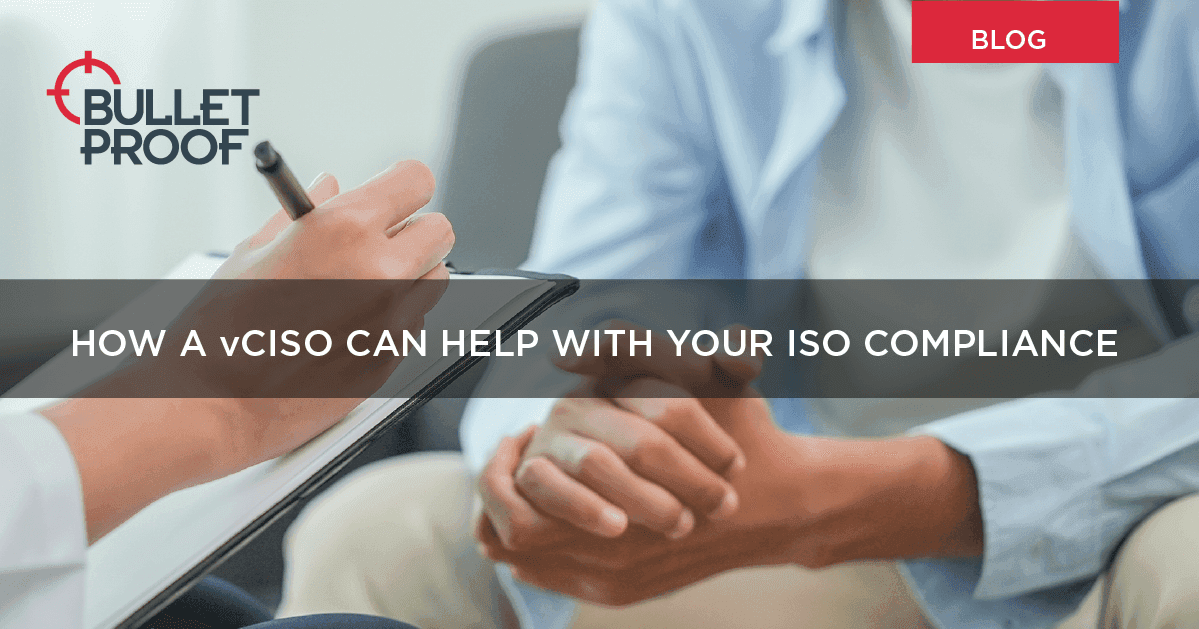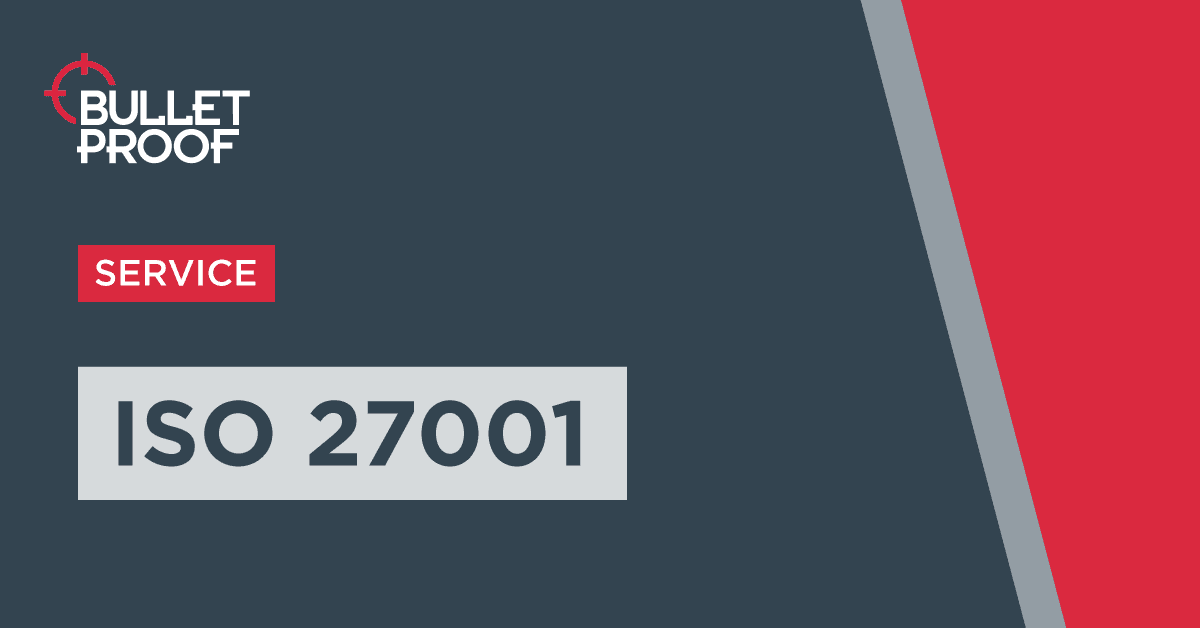What is ISMS?
An ISMS is a set of policies, procedures & controls to protect information assets. Read on to find out more about ISMS & what it can do for your business.

Introduction
If you’re here for a short answer, an ISMS, or Information Security Management System, is a set of policies, procedures, and controls that are designed to protect an organisation's information assets. The goal of an ISMS is to protect the confidentiality, integrity, and availability of those information assets, and is a core part of some compliance standards, such as ISO 27001 .
Share this Article
Confidentiality, integrity, and availability

Confidentiality means that only authorised people can access information, integrity means that information is accurate and complete, and availability means that information is accessible when it is needed.
Confidentiality, integrity and availability are referenced a lot in the world of compliance and cyber security, and you might have heard of them as the CIA triad.
Why do I need an ISMS?
An ISMS can help your businesses protect your information assets from threats, including unauthorised access, data breaches, and cyber attacks.
Implementing an ISMS means your organisation can improve your information security posture, increase compliance with regulations, improve customer confidence, and reduce costs.
Ultimately, you’ll reduce the risk of data breaches over time when you implement and maintain an effective information security management system.
ISMS for risk management
I hope it comes as no surprise that businesses are under increasing attack from cyber criminals. Whether you’re hit by an opportunistic attack resulting from a missing patch, collateral damage from a supply chain attack, victim of a targeted attack – or something else – cyber attacks are a real business risk.
Whilst there are many tools you can use in your arsenal to protect your information assets against a cyber attack, like penetration testing or a managed SIEM service, how do you know what’s needed and when?
This is where an information security management system comes in handy, in the guise of something structured like the internationally-applauded ISO 27001, It can help you decide which security tools to deploy and at what time. Instead of taking a scatter-gun approach to cyber security, an ISMS can help you take a targeted risk-based one that uses minimum resources to achieve maximum impact. Our Head of Consulting, Nicky Whiting, has more to say about that here:
Why have an ISMS?
In a nutshell, the benefits of having an ISMS include:
Improved information security
Having a system in place will improve your information security posture by implementing appropriate controls to mitigate specific, relevant risks.
Reduced risk of data breaches
It can help you reduce the risk of data breaches by implementing appropriate controls to protect sensitive data.
Increased compliance with regulations
It can help you comply with a variety of regulations, such as the General Data Protection Regulation (GDPR).
Improved customer confidence
Customers are increasingly concerned about the security of their data. An ISMS can help you demonstrate to customers that you are taking information security seriously.
Reduced costs
It can help you reduce the costs associated with data breaches and other security incidents.
First you need to get buy-in from senior management. The importance of this cannot be overstated.
If your ISO 27001 certification (and by extension your ISMS) doesn’t have support from senior management, then your project is doomed to fail. Sorry. The good news is that once you have management on side, you’ll be able to get the resources and support you need to make the project a success, and you can start to develop your ISMS policies and procedures. Again, the overarching framework of ISO 27001 is a great help here.
Next is the implementation stage:
Define the scope of your ISMS
What information assets will you cover?
Assess your current security posture
What are your current security risks and controls?
Develop your ISMS policies and procedures
These should be tailored to the specific needs of your organisation.
Implement your ISMS controls
This could include things like installing security software, implementing access controls, and training employees on security procedures.
Monitor and improve your ISMS
This includes reviewing your policies and procedures, testing your controls, and making changes as needed.
If this sounds like a daunting amount of work, well, to be honest it can be if you’re coming at it from scratch and doing it all in-house. But that’s not to say it can’t be made achievable with help from people who have done it all before. Our ISO 27001 consultants and Virtual CISO (vCISO) services give you access to seasoned security professionals who can lead or support you on your compliance journey.
How do I get started with an ISMS/ISO 27001?
Although you can technically manage your own ISMS implementation in house, it is a big project that will move forward far better with help from a seasoned professional. Our ISO 27001 consultants have been through this all before, with many businesses in many industries, so they already know the problems you’re likely to face, and the solutions.
In summary
An ISMS is a valuable tool for organisations at any stage in their compliance journey, but it does become more important as an organisation grows, and procedures become more complex. By implementing an ISMS sooner rather than later you can protect your information assets from a variety of threats, in a clever, risk-based way that means you’re spending wisely, not freely.

Protect your business data with ISO 27001
Seasoned, friendly consultants and flexible service delivery make ISO 27001 work for you.
Learn moreRelated resources
Get a quote today
If you are interested in our services, get a free, no obligation quote today by filling out the form below.













